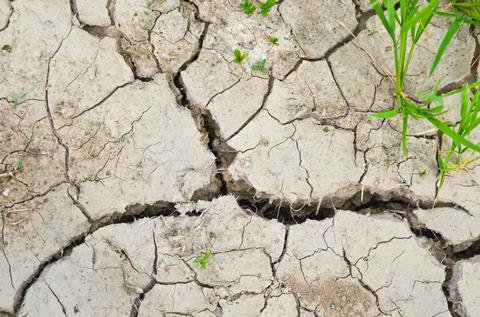Changes in weather systems could affect agricultural production in South Africa as La Niña replaces El Niño
South African agricultural research group Agri Biz has warned that Southern Africa could be heading for drier times over the next few years as the El Niño weather system is replaced by La Niña.

At the same time, the South African Citrus Growers’ Association (CGA) has also warned growers that they must plan for drier years ahead.
International sources have said that in recent years, the two weather phenomena had started gaining widespread attention due to their impact on global weather patterns.
El Niño is a series of unusual weather patterns caused by the warm Pacific Ocean deviating from its normal flow and accumulating at the South American west coast.
La Niña forms when water flows towards the Southeast Asian coast, resulting in an upswell of cold water near the South American coast.
Wandile Siphlobo of Agri Biz said the change could present a major challenge for South Africa’s agricultural sector in a few months, as a change from favourable rains to drier and hotter conditions takes hold.
“This would be a switch from a prolonged period of La Niña to El Niño,” he said. ”South Africa has had four seasons of La Niña which induced heavy rains from 2019/20 to 2022/23. These above-normal rains supported agriculture leading to higher yields across various field crops, fruits and vegetables.”
Some areas of the country also experienced devastating floods, with major loss of life and damage to homes and infrastructure.
The typical cycle is two seasons of higher rainfall followed by normal drier seasons.
Excluding the current trend, the only other period in the recent past with three successive years of conducive weather conditions and a large crop harvest ran through the 2007/08, 2008/09, and 2009/10 production seasons.
Scientists at the International Research Institute for Climate and Society at Columbia University in the US had indicated there was the potential for an occurrence of an El Niño later in the year, Siphlobo pointed out
This time this weather phenomenon would bring below-normal rainfall and hotter temperatures in Southern Africa, he said.
“If it is intense, this could resemble the bleak agricultural conditions we witnessed during the last El Niño drought in the 2015/16 season, where staple crops such as maize dropped to 8.2m tonnes, well below South Africa’s consumption levels of 11.8m tonnes,” Siphlobo warned. ”This shortfall necessitated imports of maize to supplement domestic needs. Other field crops, fruits, vegetables, and livestock also experienced severe losses.”
However, Siphlobo said he doubted that things would get that bad.
“So far, all indications indicate a weak El Nino and the soil moisture remains reasonably favourable across South Africa,” he outlined.
”We remain optimistic that the 2023/24 agricultural season in South Africa should be OK, although crop yields could drop considerably from the levels of the past few years.”
The South African fresh fruit export industry has also experienced unusual weather conditions, specifically during the past year.
The northern area’s table grape crop was severely affected and in the Western Cape rain brought an early end to the harvesting in the Hex River Valley. Hail also caused damage to apple, pear and stonefruit crops.
Drier seasons would not necessarily be bad for the deciduous fruit crops, provided that there was enough irrigation water for vineyards and orchards.



